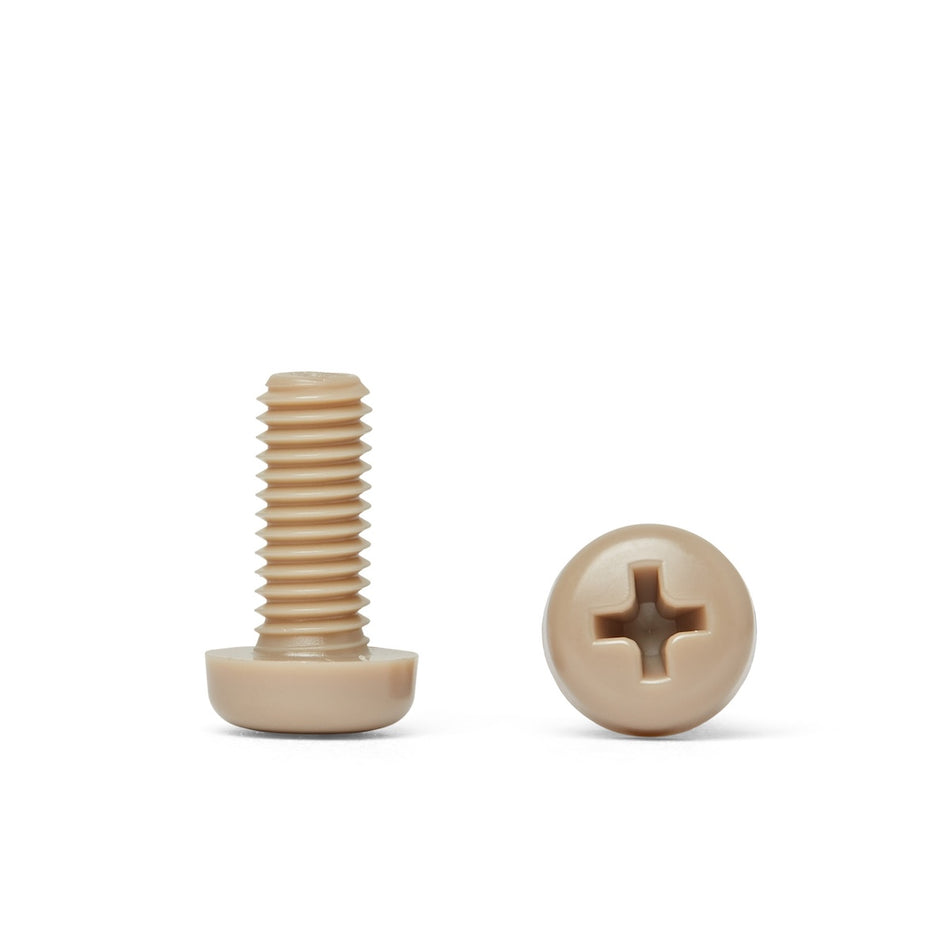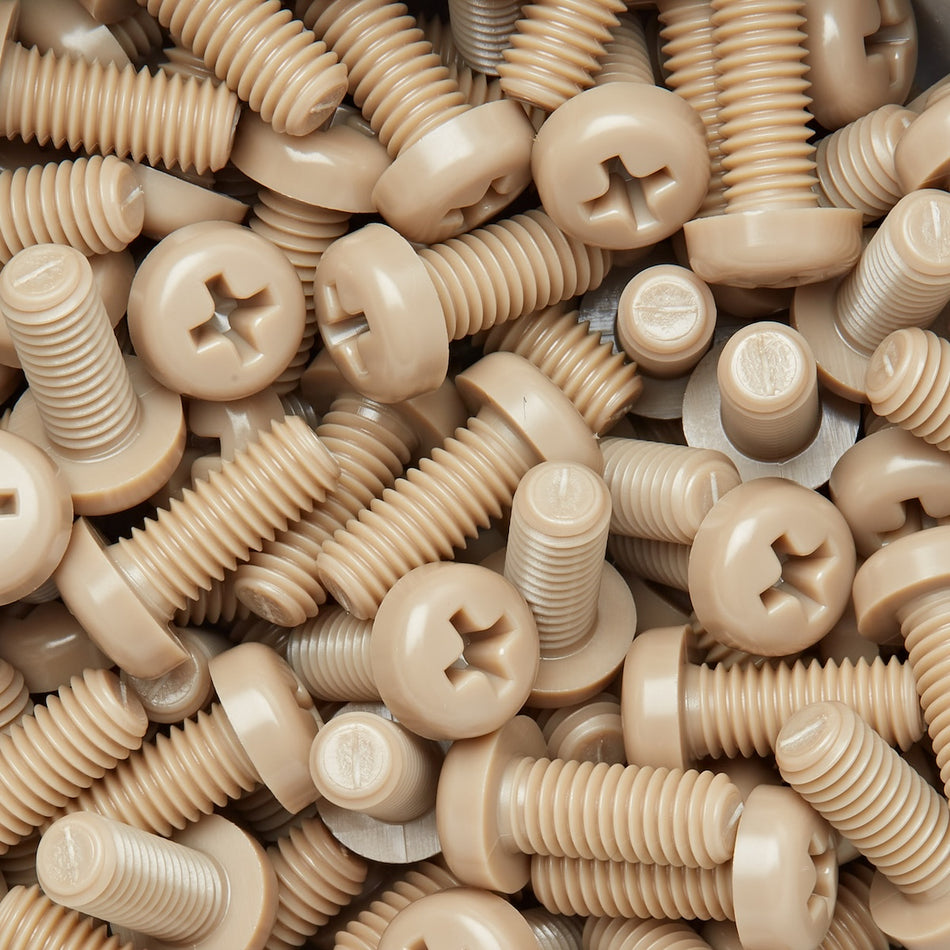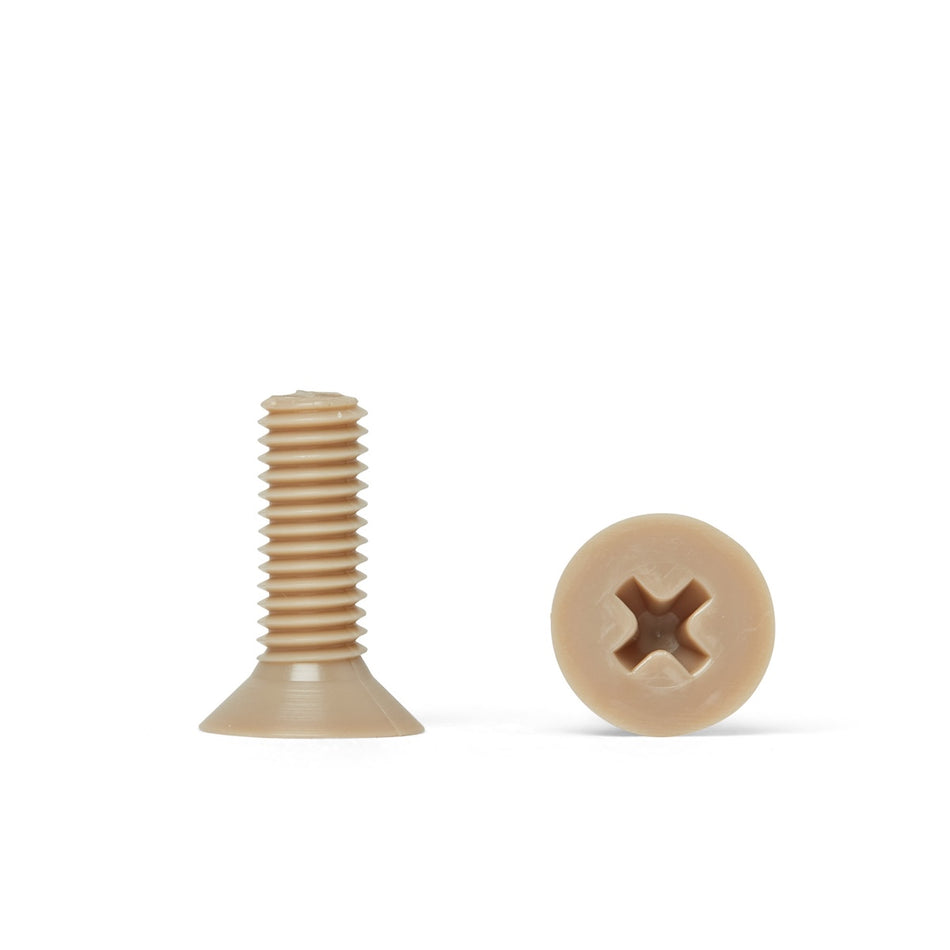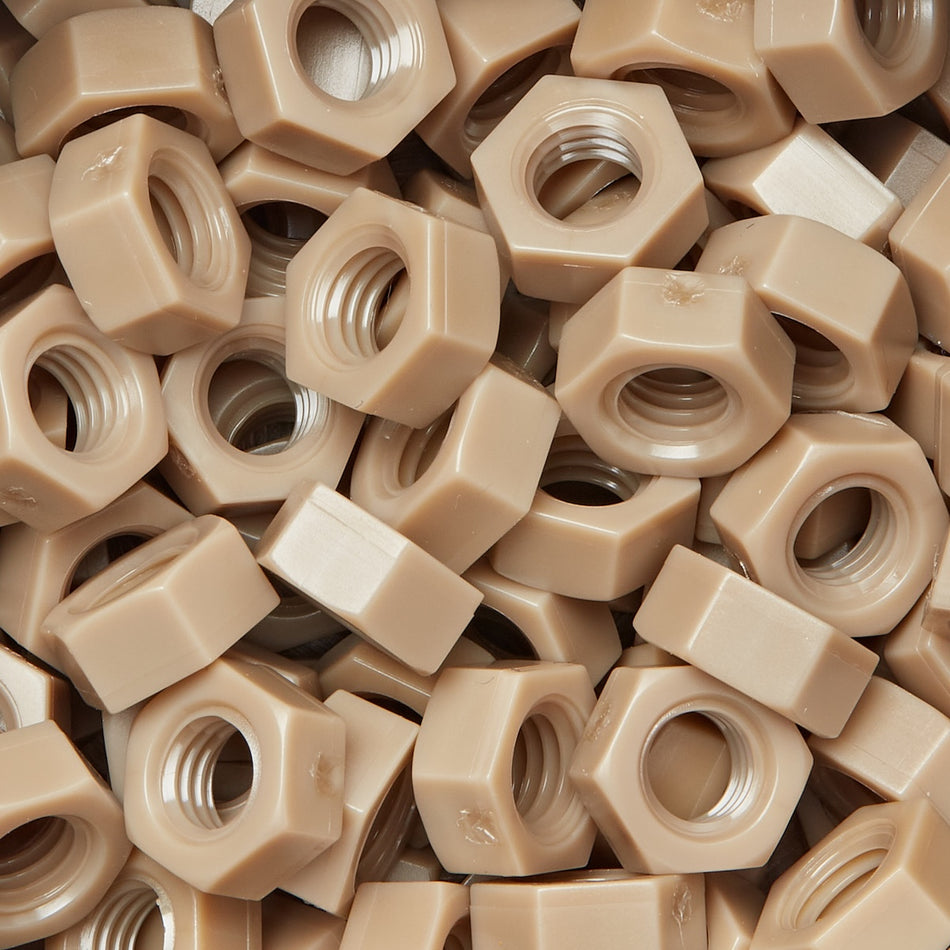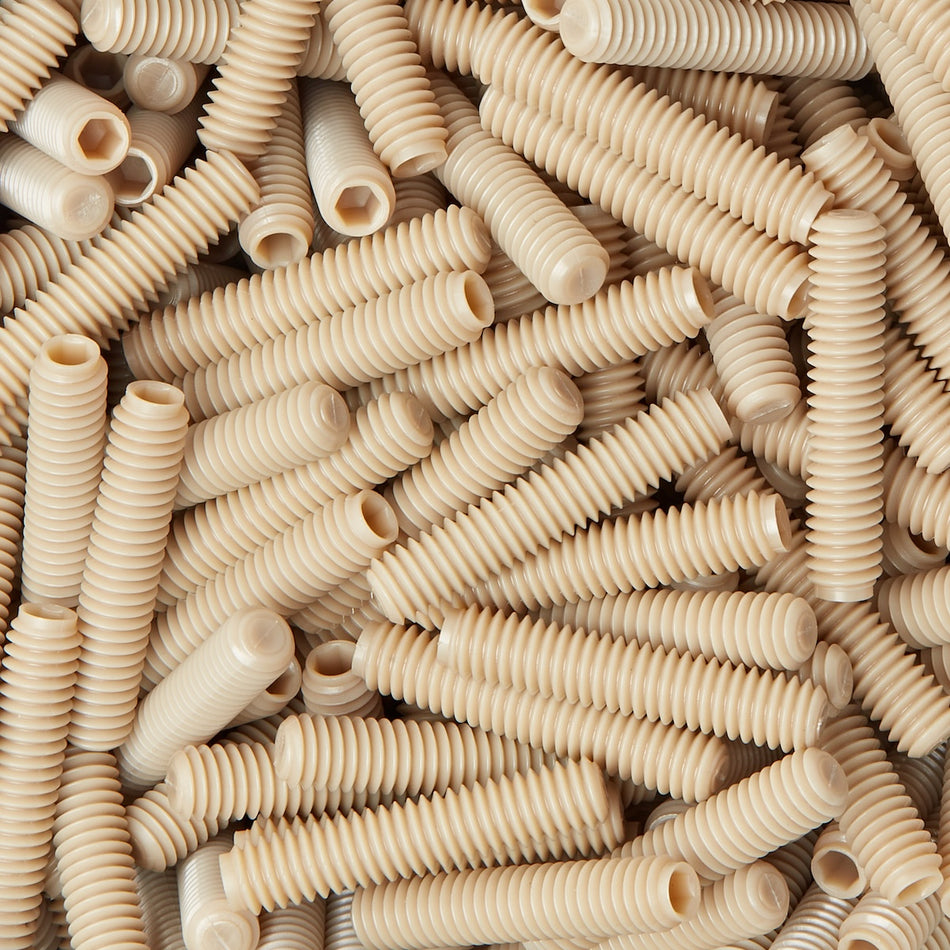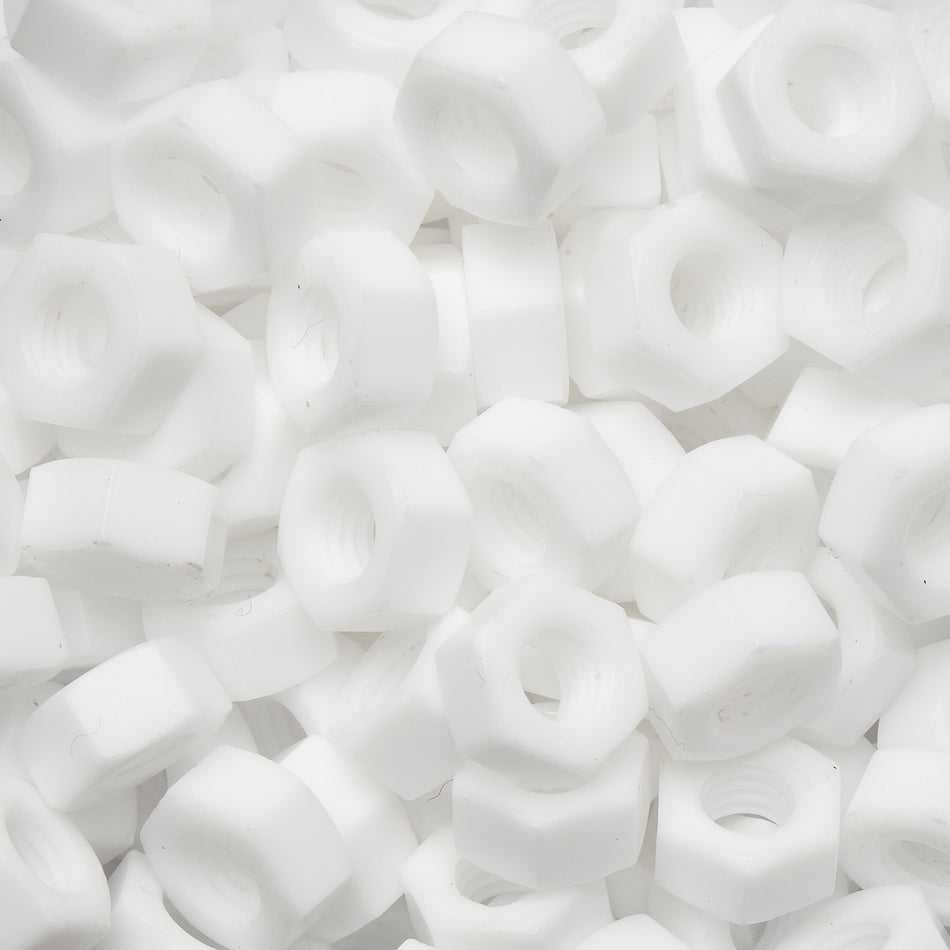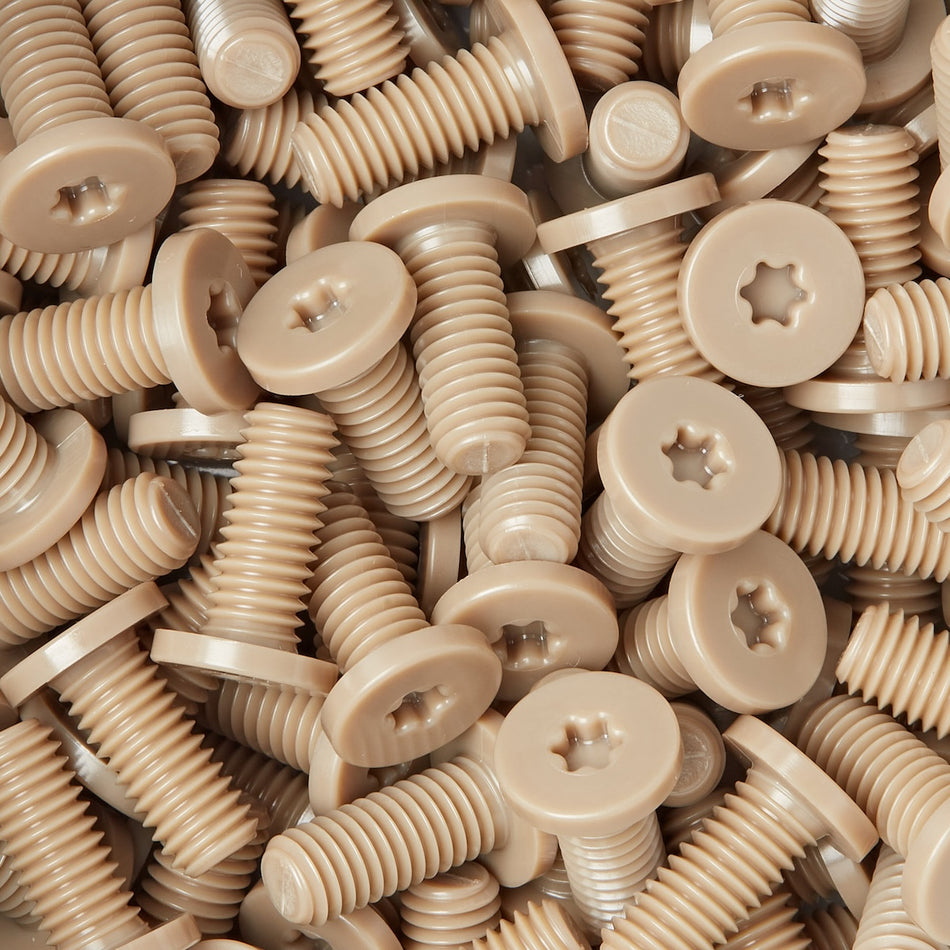107 Producten

Neuro Science Solutions Industrie gebruikt polymeer schroeven, moeren, bouten, ringen en bevestigingsmiddelen
Bevestigingsmiddelen van polymeer zijn gemaakt van kunststof of composietmaterialen en worden in verschillende toepassingen gebruikt als alternatief voor traditionele metalen bevestigingsmiddelen. Ze kunnen de voorkeur genieten vanwege hun lichtgewicht, corrosiebestendige en isolerende eigenschappen.
De neurowetenschappelijke industrie omvat een breed scala aan onderzoeksgebieden, waaronder neurowetenschappen, neurobiologie en neuropsychologie, en kan het gebruik van een verscheidenheid aan technieken en instrumenten met zich meebrengen, zoals beeldvorming van de hersenen, neurostimulatie en brein-computer interfaces. Het is mogelijk dat bevestigingsmiddelen van polymeer worden gebruikt bij de fabricage en assemblage van apparatuur en instrumenten die worden gebruikt bij neurowetenschappelijk onderzoek, zoals apparatuur voor neurobeeldvorming, neurostimulatieapparaten en interfaces tussen hersen en computer. Deze bevestigingsmiddelen kunnen worden gebruikt om onderdelen en sensoren vast te zetten en te bevestigen, of om monsters en preparaten te fixeren en vast te zetten.
De industrie voor neurowetenschappelijke oplossingen bestaat uit bedrijven en organisaties die producten en diensten leveren met betrekking tot het bestuderen van het zenuwstelsel en de hersenen. Hieronder vallen bedrijven die software en andere hulpmiddelen ontwikkelen voor het analyseren en interpreteren van hersengegevens, maar ook bedrijven die producten en therapieën ontwikkelen voor de behandeling van neurologische aandoeningen.
Enkele voorbeelden van producten en diensten die worden aangeboden door bedrijven in de neurowetenschappelijke oplossingen industrie zijn:
- Neurobeeldvormingssoftware en -hardware: hulpmiddelen voor het verzamelen en analyseren van beeldvormingsgegevens van de hersenen, zoals functionele magnetische resonantiebeeldvorming (fMRI) en elektro-encefalografie (EEG).
- Neurostimulatieapparaten: apparaten die elektrische of magnetische stimuli gebruiken om de hersenen of het zenuwstelsel te stimuleren, zoals diepe hersenstimulatoren en apparaten voor transcraniële magnetische stimulatie (TMS)
- Neurofarmaceutica: geneesmiddelen en andere therapieën die worden gebruikt voor de behandeling van neurologische aandoeningen, zoals epilepsie, de ziekte van Parkinson en de ziekte van Alzheimer
- Hersen-computer interfaces: technologieën waarmee gebruikers apparaten of computers kunnen besturen met hun gedachten
In het algemeen speelt de industrie voor neurowetenschappelijke oplossingen een essentiële rol in het bevorderen van ons begrip van de hersenen en het zenuwstelsel en in het ontwikkelen van behandelingen en therapieën voor neurologische aandoeningen.





